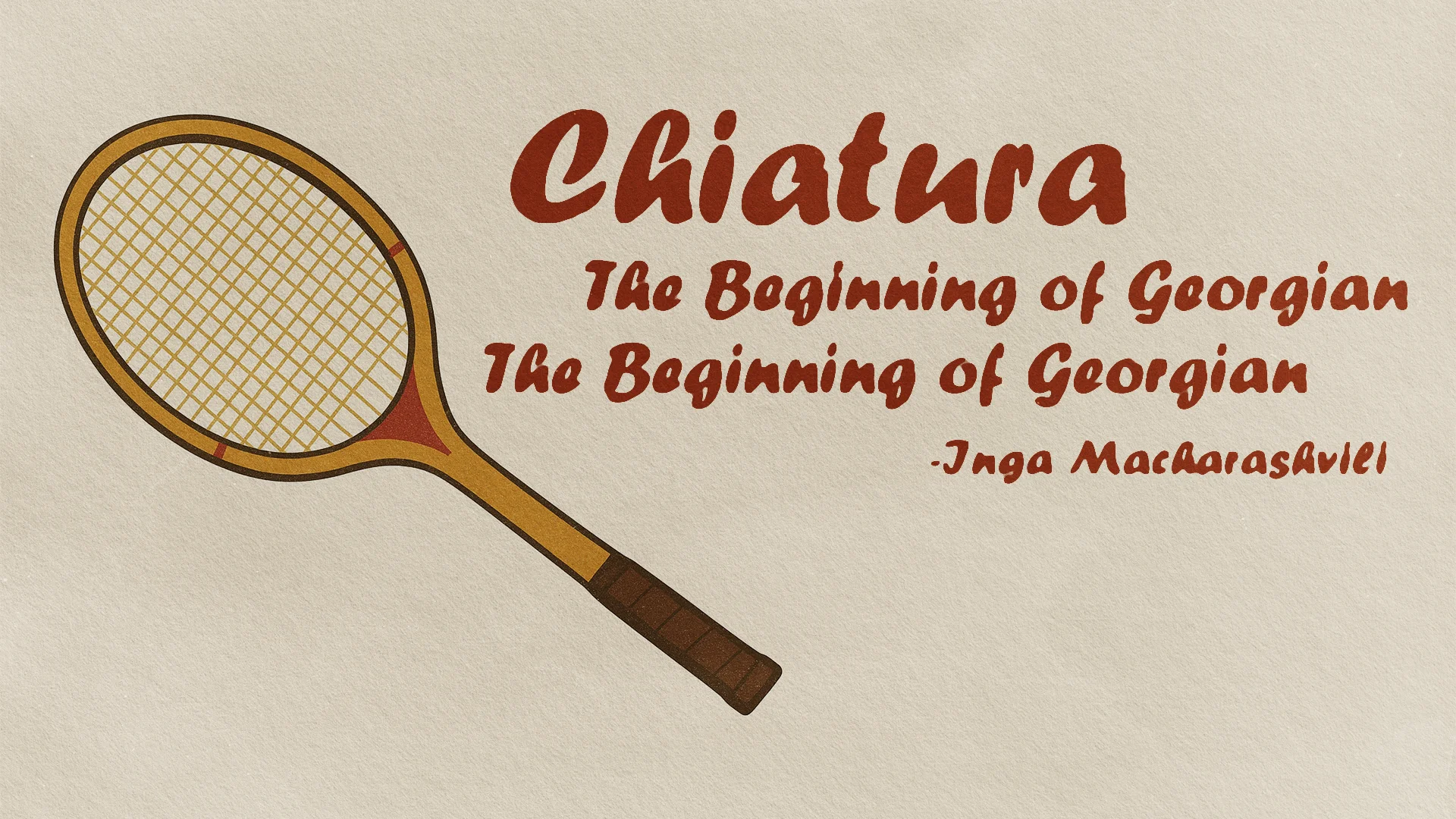Author: Inga Macharashvili
The golden rays of the sun gently touch the old cobblestones, while the air carries the scent and color of manganese. Between stone houses, in a narrow courtyard, a curious sound is heard – the crisp echo of a ball striking a racket. At first, it seems unfamiliar to the locals, but soon it draws their attention and fascination.
The story of tennis in Georgia begins in Chiatura at the end of the 19th century – a time when the country was still part of the Russian Empire, and foreign cultural influences reached only a few places. During this period of industrial growth, the work of the English company “Forward and Salinas” in Chiatura played a key role not only in the economy but also in the cultural and sports life of the city.
The company’s manager, John Tarsay, who married a Georgian woman and spent many years living in Georgia, introduced lawn tennis – a Western sport – to the manganese-rich city of Chiatura. According to historical records, Tarsay personally built a tennis court and presented the local community with something completely new – the game of tennis, which at that time was still considered an elite pastime in Europe. This sporting novelty quickly caught the attention of Chiatura’s cultural circles.
Soon, in a yard where children once played and chased birds’ nests, none other than Akaki Tsereteli, the legendary Georgian poet, was seen watching a tennis match with great interest. From Chiatura, the sport gradually spread to Tbilisi and Batumi.
It was on these early courts that a young boy named Ian Homer first held a tennis racket. Ian’s father worked for the English company in Chiatura, and by the age of 13, Ian had already become the city champion. But Ian Homer’s life was far from easy. Though he was gifted, he faced serious challenges. In 1937, during the wave of Soviet repression, Ian and his brothers were arrested and exiled to a remote region, forced to endure the harsh conditions of the regime. Yet tennis – the sport that had become the center of his life – saved him. Ian continued to play, coached others, and through this, he kept his hope alive and his spirit strong.
In 1948, Ian Homer was allowed to move to Kutaisi, where he began a new life. In the courtyard of the city’s Pedagogical Institute, he built asphalt tennis courts almost from nothing. Despite very difficult economic and technical conditions, he worked with passion and dedication, training a new generation of players. His efforts laid the foundation for tennis in Western Georgia and left behind a powerful legacy: a clear example of how sport can become a way to survive, to teach, and to inspire – a true source of inner strength.
Today, in the historic part of Chiatura, where Georgia’s first tennis court was built in 1892, there is now an open-air museum. A non-standard 400 m² court has been restored, bringing together the story of Georgian tennis in a single space. This court, rich in history and memory, is now an inspiring destination for visitors and sports lovers alike.
